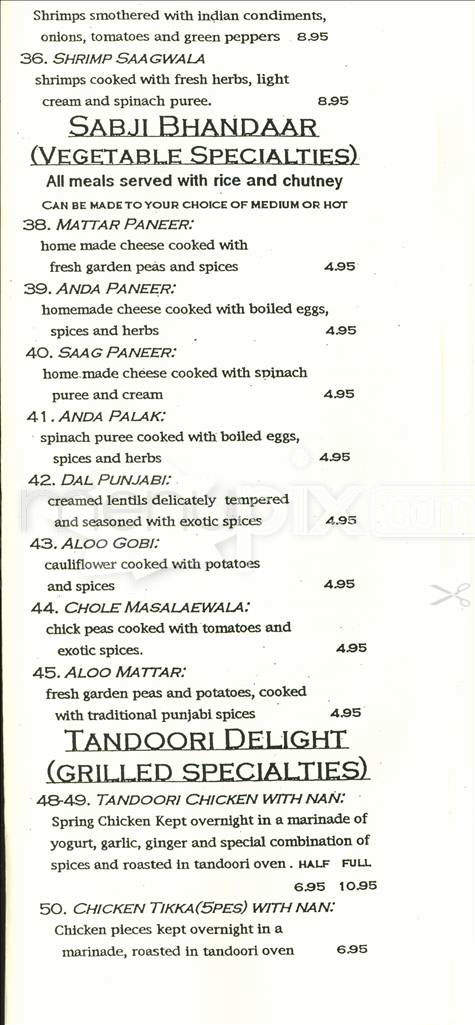

The oil we use is cold press, the vegetables are non-GMO and organic, the flatbreads whole wheat, and the food portable. “I make sure the food served to truckers is heart-healthy. Saini, 44, was once a truck driver himself, but health problems forced him to find another way to support his family. They heat the food on the camping stove that accompanies each trucking duo and make a cuppa chai to go with it.īhupinder Singh Saini operates six Punjabi Dhaba food truck restaurants with his wife, Mansi Tiwari, and a small staff of relatives in Bakersfield, California. Most long haul drivers will stop on the road at dhabas to refill their boxes for the rest of the trip.

On an average road trip of ten days, food carried from home by a truck driver will last a few days before it spoils. Sherly Parackal from the University of Otago states tha t “ Dietary patterns have been attributed as an important independent modifiable risk factor.” In a study on the dietary patterns and diabetes prevention strategies for South Asians in Western countries, Dr. Increasingly, Punjabi drivers are filling the depleting ranks of truck drivers many of whom are leaving due to health problems.Ī pilot study on health and safety for truckers published in the Journal of Occupational and Environmental Medicine, found that commercial truck drivers have a 50% higher risk of developing diabetes compared to the general population and that 87% of truck drivers have hypertension or prehypertension.Īs a double whammy, South Asians like Sekhon have a four to fivefold higher risk for Type 2 diabetes compared to other Asian migrant groups.

Of the 1.5 million truck drivers on US highways, says the Punjab Truck Association, about 150,000 Punjabis work in the trucking industry. Maintaining a healthy glycemic index is key. “Every day on the road I eat a banana, apple, date, fig, and prunes along with a cup of black coffee with haldi (turmeric),” says Sekhon who includes ginger and vitamins as part of his daily diet.


 0 kommentar(er)
0 kommentar(er)
